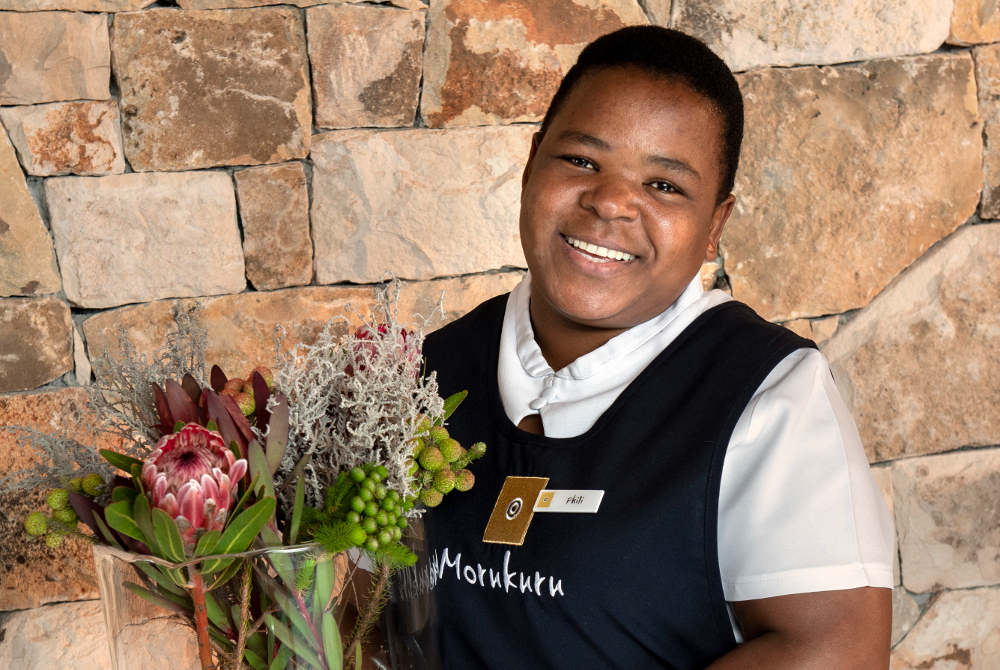September has arrived, and our calendars are marked with Tourism Month and Spring Day. September is when De Hoop Nature Reserve reveals its secrets of true abundance, and we are celebrating with another edition of our dedicated Big Five blog series - introducing you to our Fabulous Fynbos Big Five. Why should the five most dangerous animals to hunt on foot: lion, leopard, elephant, buffalo, and rhino be the only ones getting all the attention? Welcome to the world of Fynbos and discover why these shrubby, bulbous plants with hardy, thick leaves are pretty distinguished and which five made it onto our list.


Vast stretches of indigenous Fynbos surround Morukuru Ocean House and Morukuru Beach Lodge. Fynbos is only found in a small belt of South Africa, where it thrives in coastal, mountainous areas with a winter rainfall and Mediterranean climate. De Hoop Nature Reserve has the largest conserved site of lowland fynbos in the Western Cape, with an estimated 1500 species.
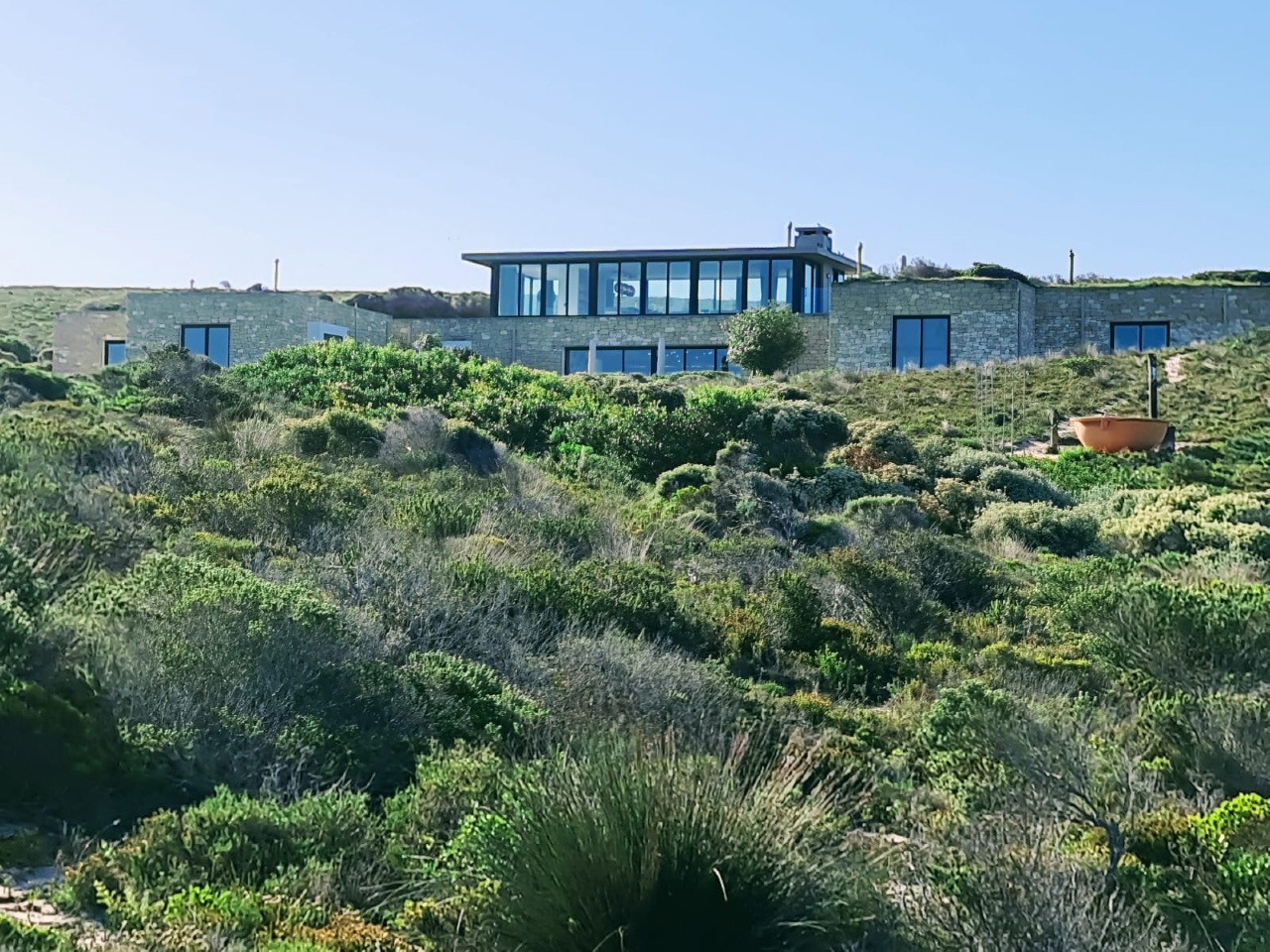

The Proteaceae, Ericaceae, Restionaceae, and Asteraceae families make up the Fynbos Biome with other groups of plants, like geophytes, daisies, legumes and vygies. You can look out for all these when on a nature ramble. These hardy plants can withstand low-nutrient soils, heavy downpours, strong winds and even droughts.
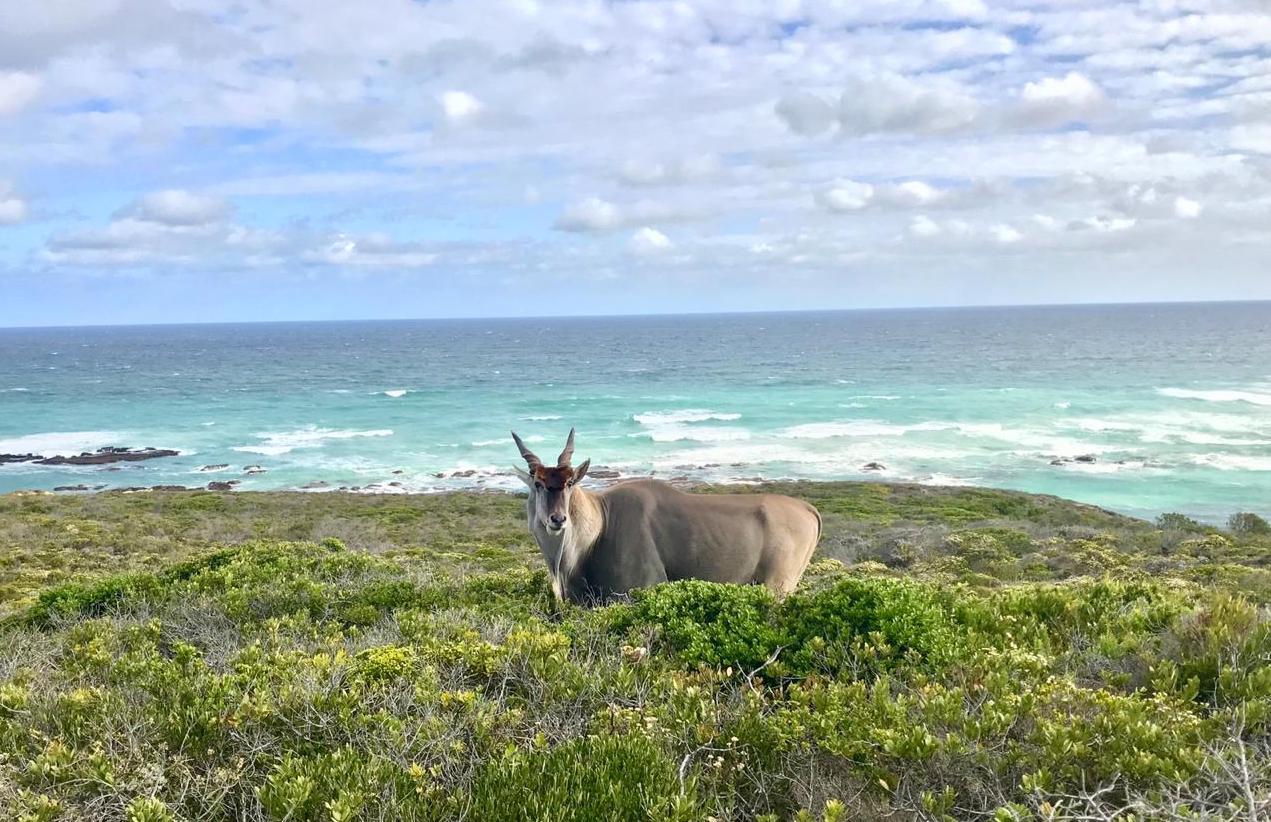

The competition was just too fierce - so in no particular order, here are the floral superheroes that made it onto our Big Five Fynbos list.


#1
Let’s begin with the most famous Fynbos flower - the Protea. This family dates back some 300 million years and is divided into two subfamilies: Proteoideae in South Africa and Grevilleoideae in Australia and South America. Proteas are also known as Sugarbushes, and there are at least 360 South African species, with around 120 now classified as endangered species. One of our favourites is the Protea obtusifolia, a vigorous, robust species forming a rounded shrub with yellow flowers and pink tips that seem to go inwards. They grow up to 15 centimetres in height. And here in De Hoop, we call this gorgeous Bredasdorp Sugarbush Limestone Sugarbush.
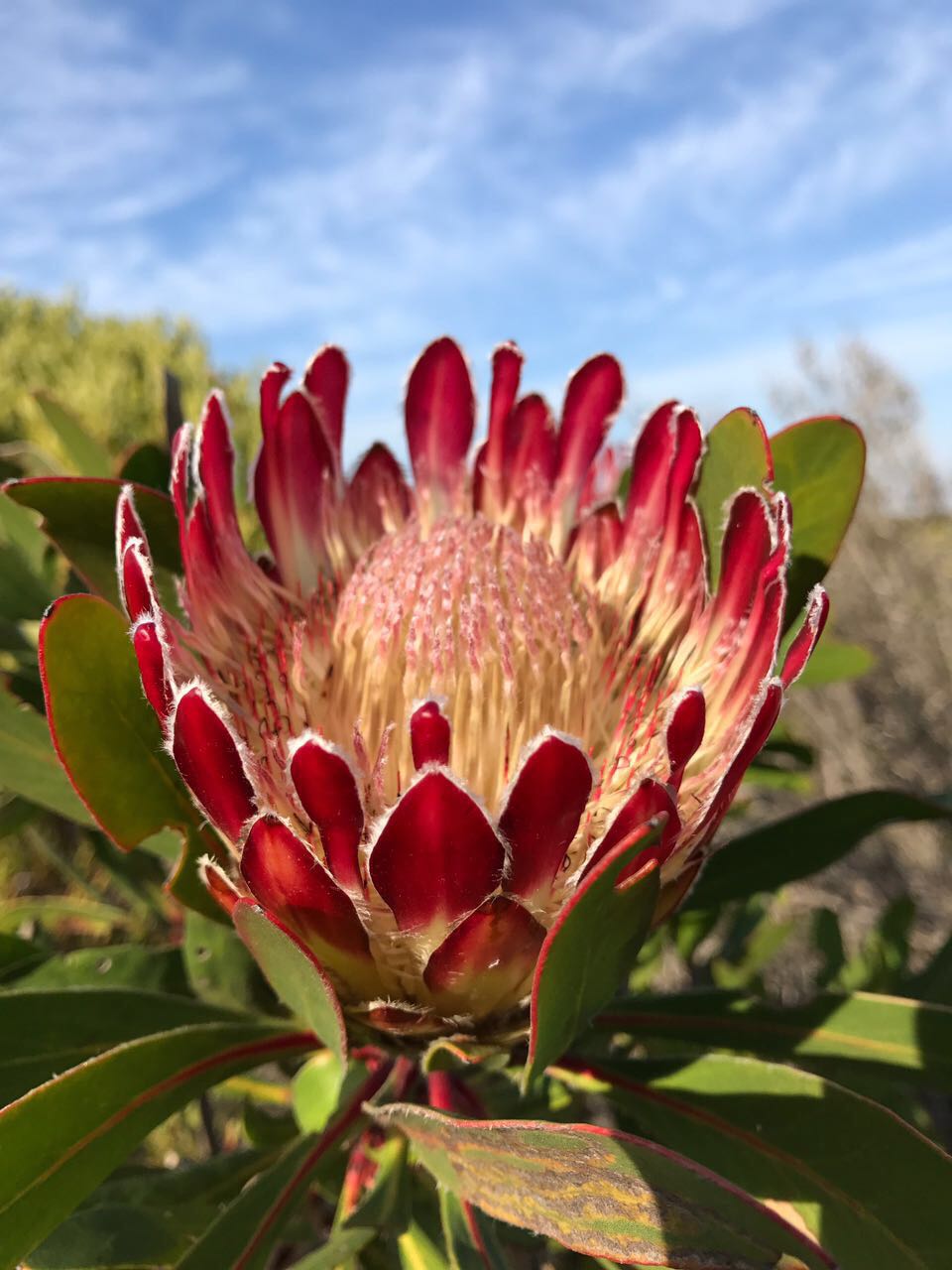

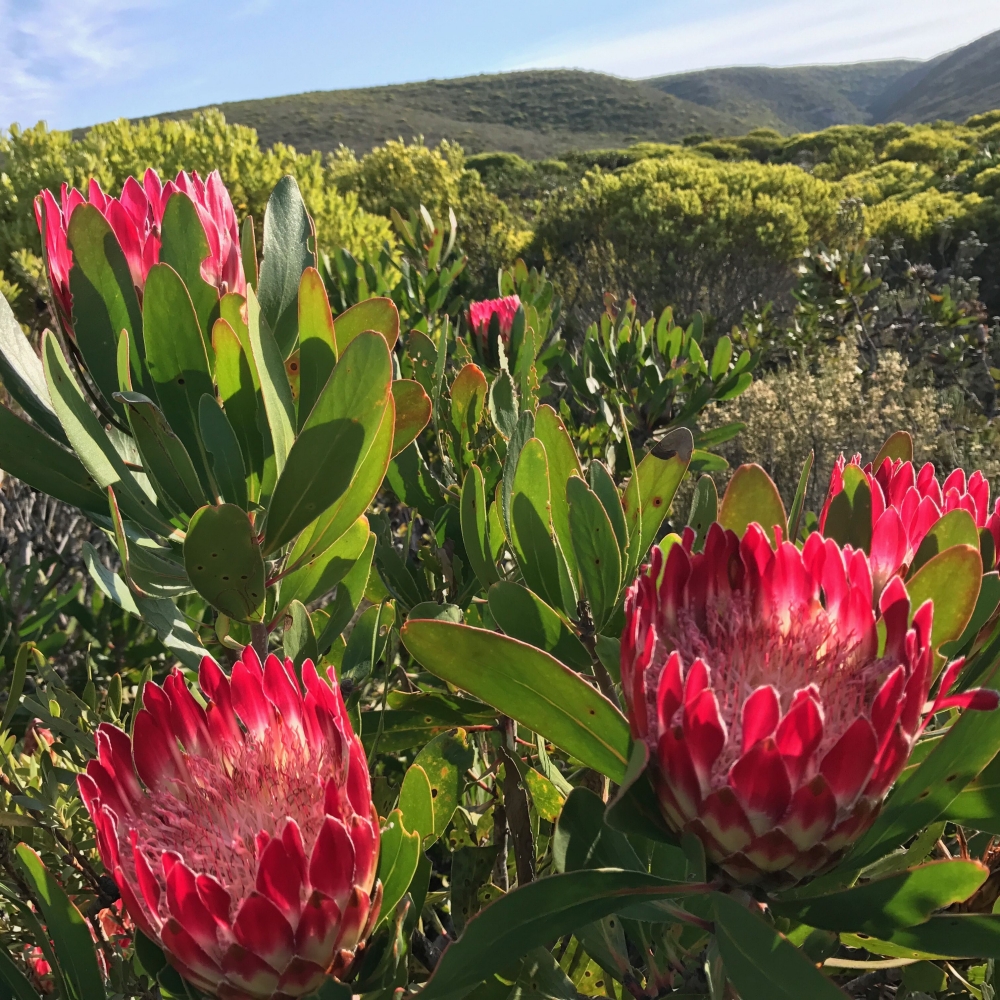

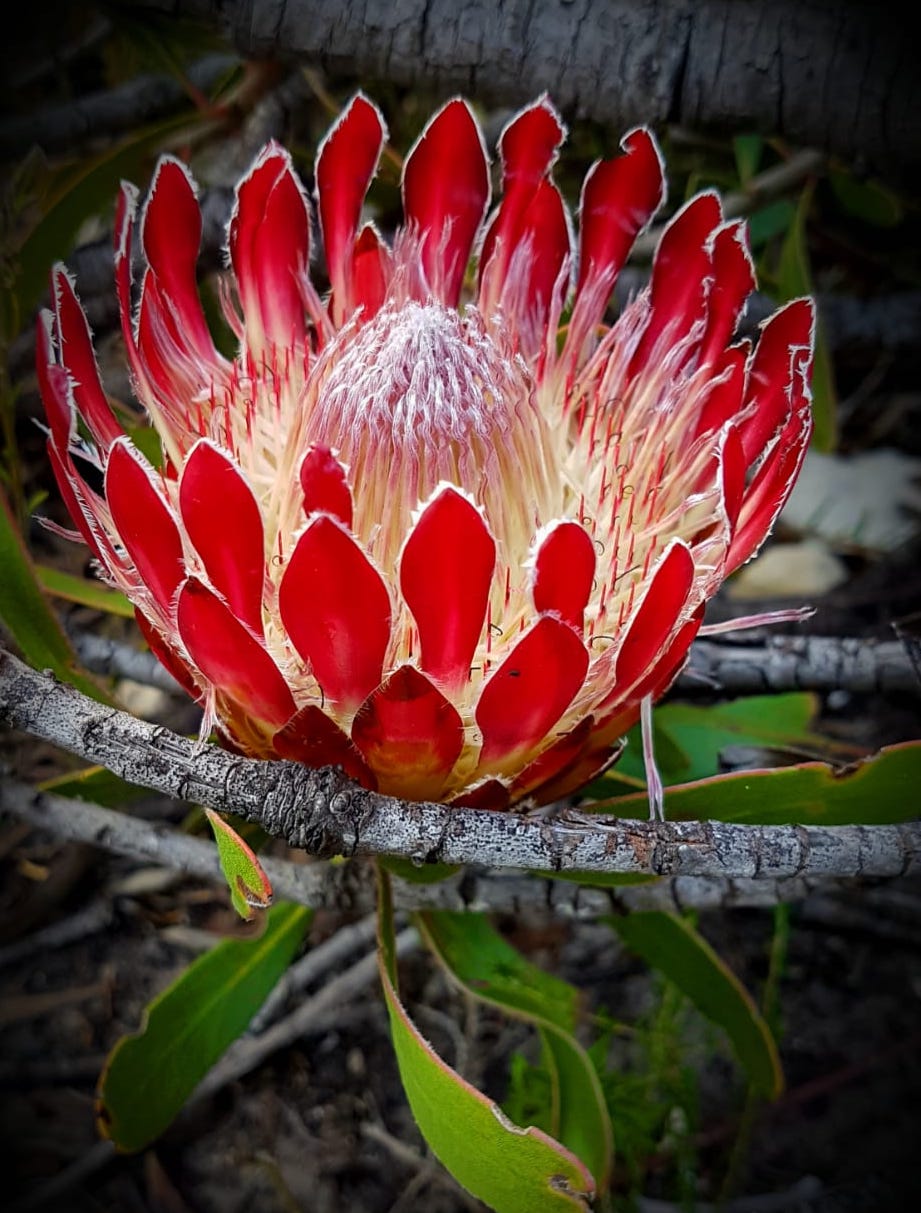

#2
Ericaceae or Erica’s are one of our favourites, and there are plenty of different ones to see. Fynbos flower bouquets would not be complete without Ericas, and local florists often include any of the 760 species of Erica found in the Fynbos biome. Common features are urn-shaped flowers with fused petals; some species have unfused bilaterally symmetrical flowers. The fruit is usually a berry or capsule.




#3
Like fireworks in the fynbos, once a year, when spring arrives, thousands of Vygies erupt in an explosive carnival of colour. Bees, butterflies and insects are drawn to the ‘bright lights’ as clusters of pink, purple, yellow, orange, red and white blossoms pop up across De Hoop. However, what makes Vygies irresistible is their silky sheen; the daisy-like flowers of the Vygie not only bloom in a brilliant array of colours, they also have shiny – almost iridescent – petals. These details make them a shoo-in for our list.








#4
Syncarpha canescens is a widespread species of fynbos and is a genus of herbaceous flowering plants in the family Asteraceae. These flowers are also known as Everlastings or Pienksewejaartjie, and here in De Hoop, they like the dryish lower rocky slopes where you can spot these sparsely branched, closely leaved and grey-felted shrublets which grow up to 50cm.
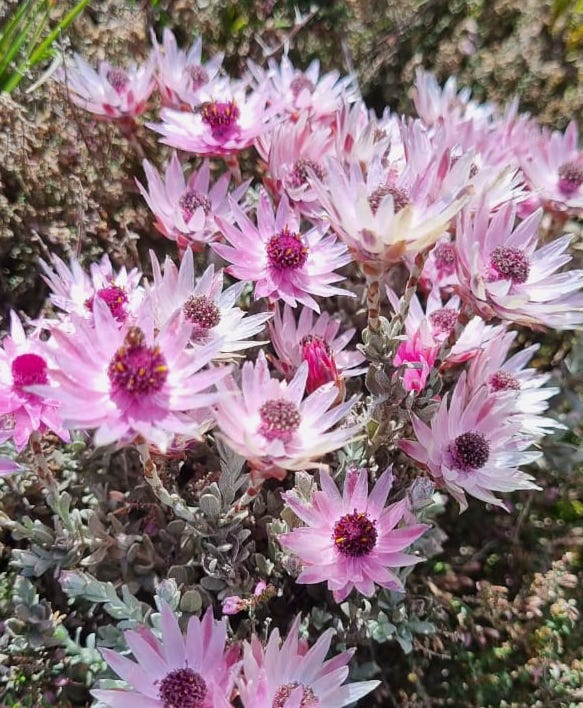

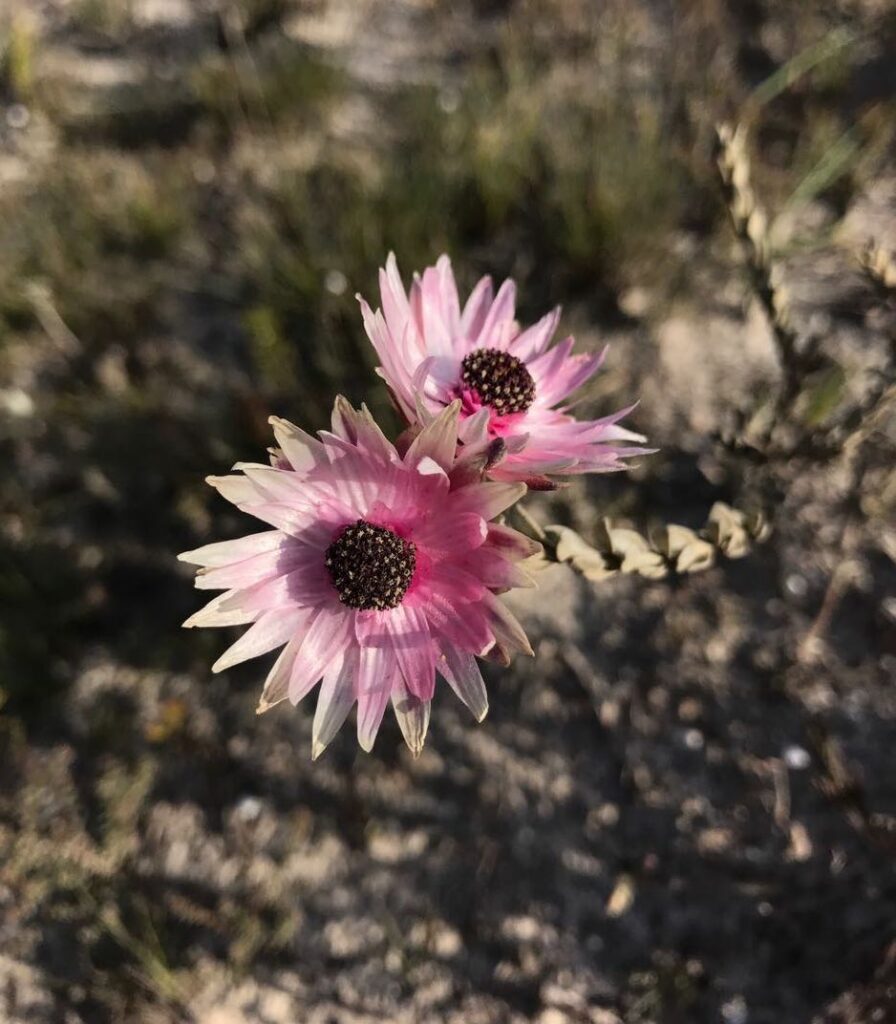



#5
Next to make our selection is Asparagus rubicundus. Locally, this plant has several names, including katdoring, red-stemmed asparagus, wild asparagus wag-‘n-bietjie and swart haakdoring. The genus name Asparagus comes from the Greek name asparagos, given to the edible asparagus (Asparagus officinalis). The species name rubicundus is derived from the Latin ruber, meaning ‘red’ and cundus, which means ’tendency’, referring to the reddish-brown stems. The common name wag-‘n-bietjie, meaning ‘wait-a-bit’, refers to how the thorns catch hold as you pass by and can get your clothes and skin hooked into this bush, making it extremely hard to extricate yourself, and painful if it scratches you while you free yourself. Look out for this erect thorny shrub with glossy, reddish brown, prickly stems, soft feathery foliage and starry white flowers.


We love bringing a little bit of fynbos indoors, and our hospitality team has a weakness for bold, dramatic, natural or subtle arrangements using naturally foraged foliage and blooms. Look out for statement arrangements in living areas, soft table decoration and serene bedroom adornment. Can you spot any Fynbos Big Five?
